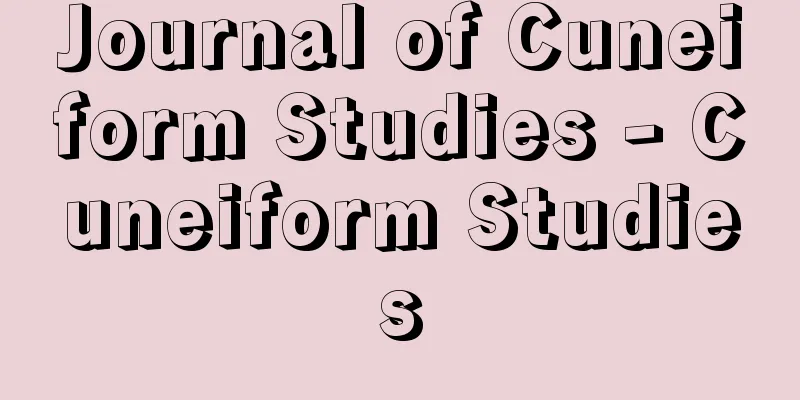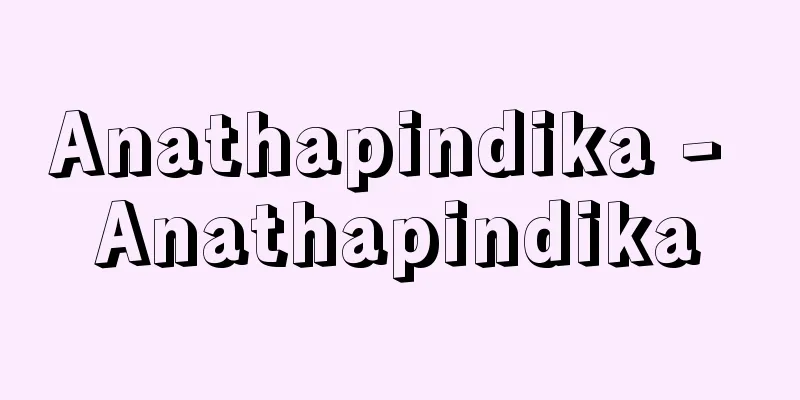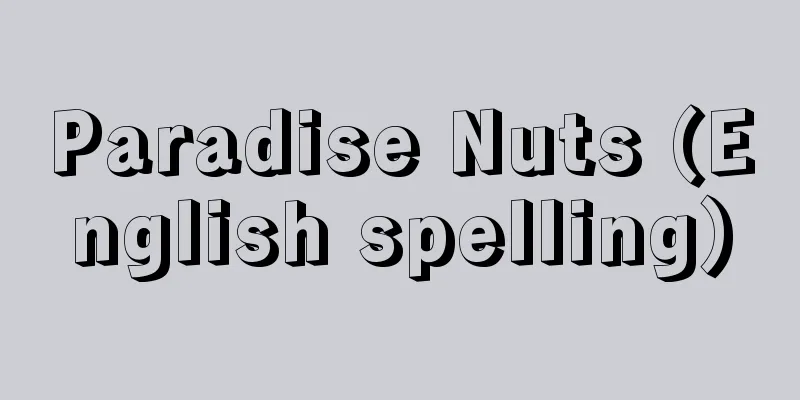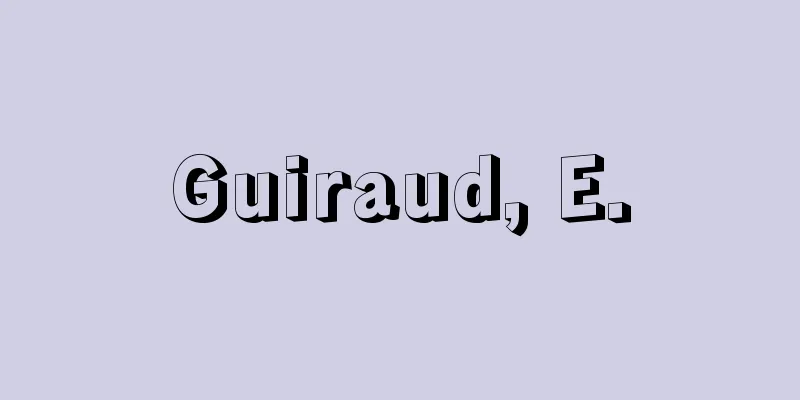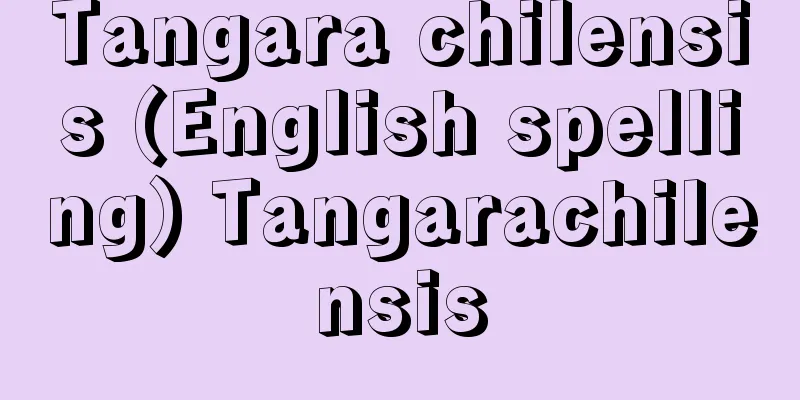Poisonous and Deleterious Substances Control Act
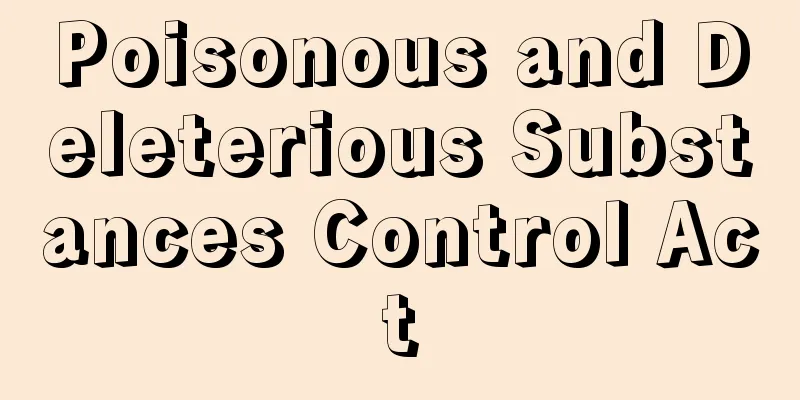
|
This law regulates poisons and deleterious substances from the viewpoint of health and hygiene. It was enacted in 1950, Law No. 303. It requires the registration of the manufacture, import, and sale of poisons and deleterious substances, and appoints a person responsible for handling them who must have a certain qualification, such as a pharmacist. It also imposes strict regulations on their handling and transfer. In 1955, an amendment was made and in 1983, it became prohibited and punishable to ingest, inhale, or possess for these purposes any poison or deleterious substance (including those containing these) that has a stimulating, hallucinogenic, or anesthetic effect and is specified by government ordinance. In 1972, an additional provision was added to make it prohibited and punishable to possess any poison or deleterious substance that is flammable, combustible, or explosive, except for business or other legitimate reasons, that is specified by government ordinance. In this law, poisonous and deleterious substances refer to highly toxic substances other than pharmaceuticals (poisonous and deleterious drugs), with poisonous substances being those listed in Schedule 1, deleterious substances being those listed in Schedule 2, and specific poisonous substances being those listed in Schedule 3. The main ones are poisonous substances such as yellow phosphorus, curare, hydrogen cyanide, sodium cyanide, mercury, arsenic, hydrogen fluoride, nicotine, and parathion, deleterious substances such as acrylonitrile, aniline, ammonia, hydrogen chloride, hydrogen peroxide, potassium, cresol, chloroform, carbon tetrachloride, oxalic acid, bromine, nitric acid, sodium hydroxide, sodium, nitrobenzene, carbon disulfide, oleum, formaldehyde, methanol, iodine, sulfuric acid, lindane, and PCP, and specific poisonous substances such as tetraalkyl lead and monofluoroacetic acid. [Fumiji Koho] Source: Shogakukan Encyclopedia Nipponica About Encyclopedia Nipponica Information | Legend |
|
保健衛生上の見地から毒物および劇物について必要な取締りをする法律。昭和25年法律第303号。毒物および劇物の製造、輸入、販売の営業を登録制とし、薬剤師など一定の資格を必要とする取扱い責任者を置くほか、取扱い、譲渡などについて厳重な規制が設けられている。なお、1955年(昭和30)に追加、83年の一部改正によって、興奮、幻覚または麻酔の作用を有する毒物または劇物(これらを含有するものも含む)であって政令で定めるものは、みだりに摂取、吸入し、またはこれらの目的で所持することが禁止、処罰されることになり、また1972年の追加条項によって、引火性、発火性、爆発性のある毒物または劇物であって政令で定めるものも、業務その他正当な理由による場合を除いて所持することが、同様に禁止、処罰されることになっている。 この法律でいう毒物および劇物というのは、医薬品(毒薬および劇薬)以外の毒性の強いものをさし、毒物はこの法律の別表第1、劇物は同じく別表第2、また特定毒物は同じく別表第三に掲げたものをいう。そのおもなものを示すと、毒物には黄リン、クラーレ、シアン化水素、シアン化ナトリウム、水銀、ヒ素、フッ化水素、ニコチン、パラチオンなど、劇物にはアクリルニトリル、アニリン、アンモニア、塩化水素、過酸化水素、カリウム、クレゾール、クロロホルム、四塩化炭素、シュウ酸、臭素、硝酸、水酸化ナトリウム、ナトリウム、ニトロベンゼン、二硫化炭素、発煙硫酸、ホルムアルデヒド、メタノール、ヨウ素、硫酸、リンデン、PCPなど、特定毒物には四アルキル鉛、モノフルオール酢酸などが含まれている。 [幸保文治] 出典 小学館 日本大百科全書(ニッポニカ)日本大百科全書(ニッポニカ)について 情報 | 凡例 |
<<: Poisonous woman - poisonous woman
>>: Mirapinna esau (special fin sardine)
Recommend
Cîteaux (English spelling)
…It is a revolutionary monastic order founded in ...
Slave Hunting
A play by Kobo Abe. It was first performed by the ...
Jørgensen, SM
For example, CoCl 3 and NH 3 each satisfy the usu...
Sonde
〘noun〙 (Sonde)① A wire-like instrument inserted in...
YS-11 - YS-11 (English spelling)
A medium-sized twin-engine turboprop transport air...
Nissho Pass - Nissho Pass
A pass on the border between the Hidaka district ...
I. - Ibl-Ibesfeld
…The 12th-century priest Bernard of Chartres said...
Venus comb - Venus comb
A snail shell of the Muricidae family shaped like ...
Bat fan - Kawahoriougi
〘Noun〙 (From the fact that the open shape resemble...
John Dowland
English composer and lutenist. According to his o...
Water meter - Suiryoukei (English spelling) water meter
Also called a water meter. An instrument that indi...
Kannoji Temple
[1] Former name of Tennoji Temple in Yanaka, Taito...
Saadat
Egyptian military officer and politician. He parti...
Oasis Nation - Oasis Country
...In other words, it seems likely that several o...
nymphomania
…In the case of women, narcissists who unconsciou...
